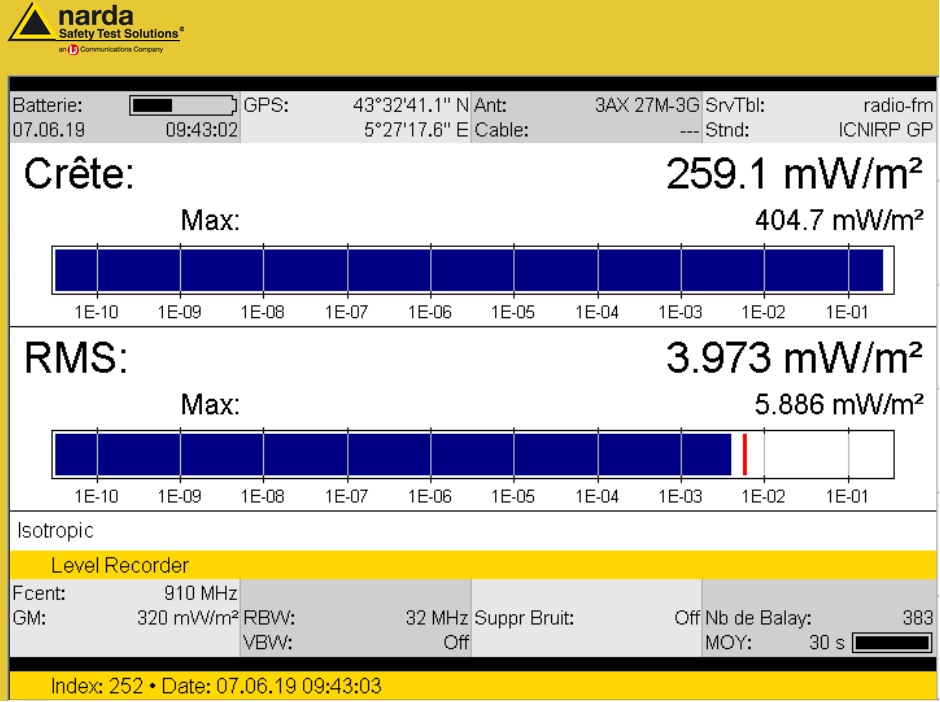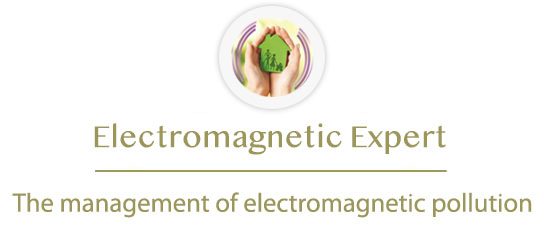Don’t believe that either a shielded telephone pouch or case provides protection (whatever the make)!
-
When the phone is in a shielded pouch or case, the signals emitted by the phone are lower so the phone mast requests that the phone increase its emission power.
-
In the same way the telephone’s reception of signals from the mobile phone mast is also lessened so also requests an increase in emission power from the mast. This is how mobile phone reception works.
The attenuation rate of radiation advertised by the manufacturers (over 99%) in no way corresponds to reality!
In practice, with or without a pouch, the real emission levels measured around a mobile phone remain identical or sometimes even more important than when, for example, you telephone in 3G. Among all the pouches tested, not one model offers the user any protection.

Laboratory tests
Certain pouches or cases have an EMITECH certification. During a visit to this laboratory I made some enquiries.
In fact, with the help of a GSM communication system which orders the telephone to emit at full power, the tests are carried out with the telephone at maximum emission level. There is therefore no regulating of emission power between the phone and this system as there actually exists in reality between the phone and the relay antenna.
When emitting at full power, the pouch will attenuate radiation anyway as the telephone cannot go any farther than its maximum power. In reality it doesn’t work that way. It must be noted that any product certified by a laboratory or patented does not offer any guarantee concerning the efficiency of the product under real working conditions. Tests are carried out under laboratory conditions following a pre-defined protocol.
Demonstrations of measures carried out in real conditions
Using a spectrum probe NARDA SRM 3006, all the measurements have been carried out in 2G and 3G just on the telephone’s frequency emission band. The NARDA SRM 3006 is calibrated and used for carrying out official radiation measurements.
Intensity measurements are averaged out over a 30 second telephone call: the probe is placed at a distance of 35 cm.
A 2G call without a shielded pouch

A 2G call with a shielded pouch

The use of a shielded pouch slightly increases the radiation density power received by the user during a 2G call. Moreover, with this shielded pouch the telephone has to increase its emission power thus discharging the battery faster.
A 3G call without a shielded pouch

A 3G call with a shielded pouch

The use of a shielded pouch slightly increases the radiation density power received by the user during a 3G call. Moreover, with this shielded pouch the telephone has to increase its emission power thus discharging the battery faster.

